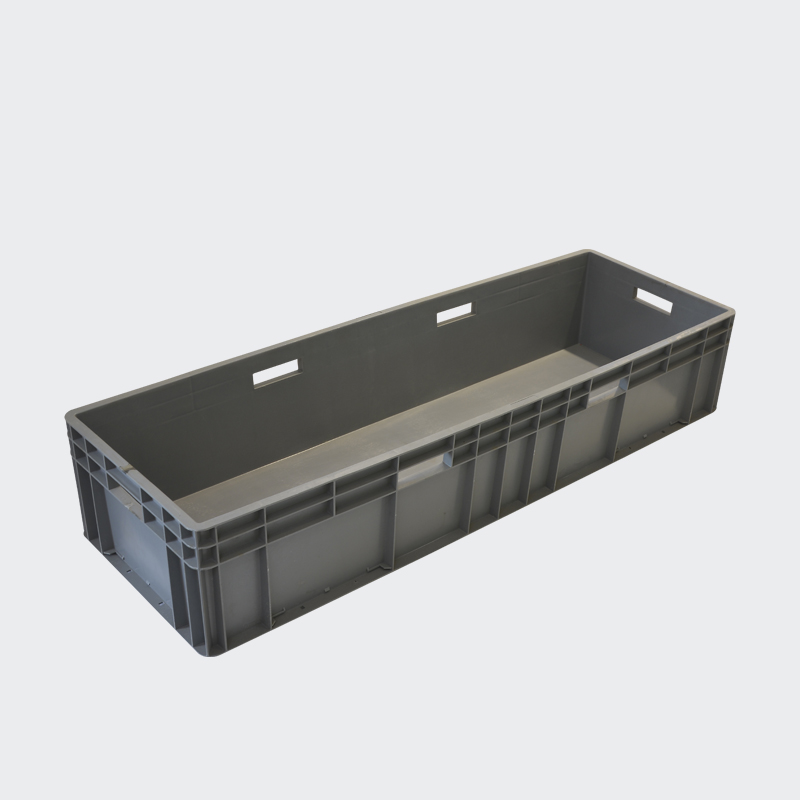Common injection mold materials are divided into acrylo […]
Common injection mold materials are divided into acrylonitrile, butadiene and styrene by chemical and physical properties. Each monomer has different characteristics: acrylonitrile has high strength, thermal stability and chemical stability; butadiene has toughness and impact resistance; styrene has the characteristics of easy processing, high gloss and high strength. From the point of view of morphology, the polymerization of the three monomers produces terpolymer with two phases, one is the continuous phase of styrene acrylonitrile, the other is the dispersed phase of polybutadiene rubber.
The properties of ABS mainly depend on the proportion of three monomers and the molecular structure of two phases. This makes product design extremely flexible, so that hundreds of different quality injection mold materials can be produced in the market. These injection mold materials with different quality have different characteristics, such as medium to high impact resistance, low to high finish and high temperature deformation characteristics. ABS injection mold material has high machinability, appearance characteristics, low creep, excellent dimensional stability and high impact strength. Water meters and other commercial equipment, cable sleeves, mechanical cams, sliding mechanisms and bearings. Car dashboard, tool hatch, wheel housing, mirror box, refrigerator, hair dryer, blender, food processor, lawn mower, telephone booth, typewriter, keyboard, golf cart, etc.
Injection mold process conditions: need to be dried before processing. The recommended drying condition is at 80-90 ° C for at least 2 hours. The material temperature should be less than 0.1%. Melting temperature: 210 ~ 280C; recommended temperature: 245 ℃. Mold temperature: 25... 70c mold temperature will affect the surface finish of plastic parts, and lower temperature will cause the surface finish to decline. Injection pressure: 500 ~ 1000bar. Injection speed: medium speed.
ABS plastic injection mold material combines the characteristics of three components, among which acrylonitrile has high hardness, high strength, heat resistance and corrosion resistance; butadiene has impact resistance and toughness; styrene has high gloss, easy coloring and easy processing; the characteristics of the above three components make ABS injection mold more convenient It has become a kind of "high rigidity and toughness" of thermoplastic mould. By adjusting the proportion of the three components of ABS, its performance will be changed accordingly to meet the requirements of various applications, such as high resistance ABS, heat-resistant ABS, high gloss ABS, etc. ABS injection mold material has good molding processability, which can be molded by injection molding, extrusion, hot forming, sawing, drilling, filing, grinding and other methods. It can be mixed with organic solvents, and can also be used for coating and surface treatment (such as electroplating). treatment. ABS plastic is also an ideal alternative to wood and building materials. ABS injection mold material has high strength, light weight, high surface hardness, very smooth, easy to clean, dimensional stability, good creep resistance, suitable for electroplating. Its application field is still expanding. ABS plastics are widely used in industry. ABS injection molding products are usually used to make shells, boxes, parts, toys, etc.
https://www.msplasticmold.com/
